If Malawi calls itself the warm heart of Africa, then Lake Malawi is the great lifeline of this small country in southeast Africa. The romantics among the locals call it their twinkling star lake, while the numbers people talk of Calendar Lake, for it is 365 miles long, 52 miles wide, and 12 rivers flow into the lake.
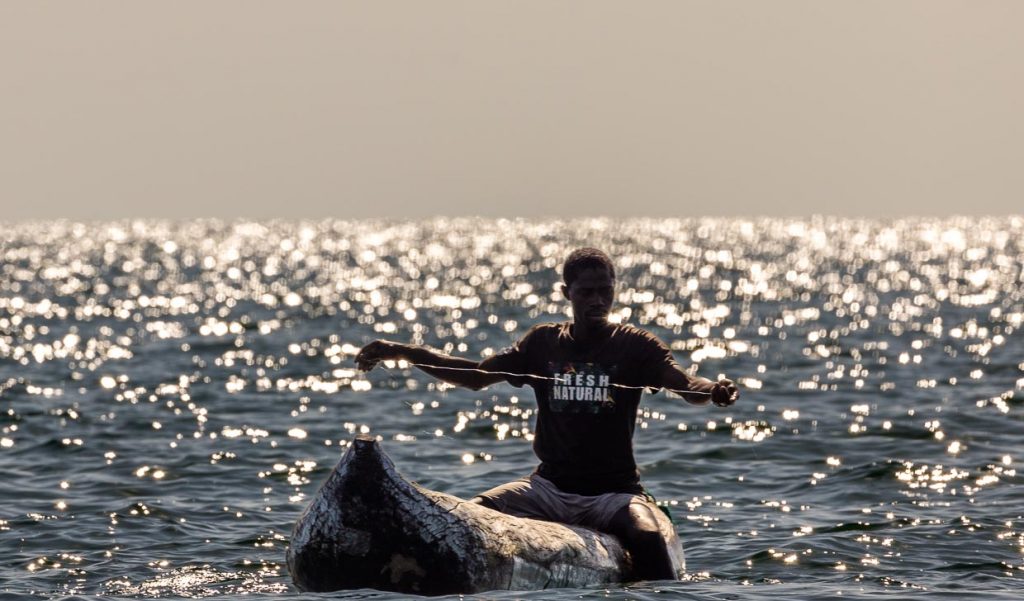
Lake of superlatives
About 20 percent of Malawi’s surface is covered by Lake Malawi. It is the third largest and second deepest lake in Africa and the ninth largest lake in the world. The riparian countries are Tanzania, Malawi and Mozambique, with Malawi having the longest shoreline and encompassing almost the entire western shore. Part of the lake belongs to Mozambique, where it is called Lago Niassa.
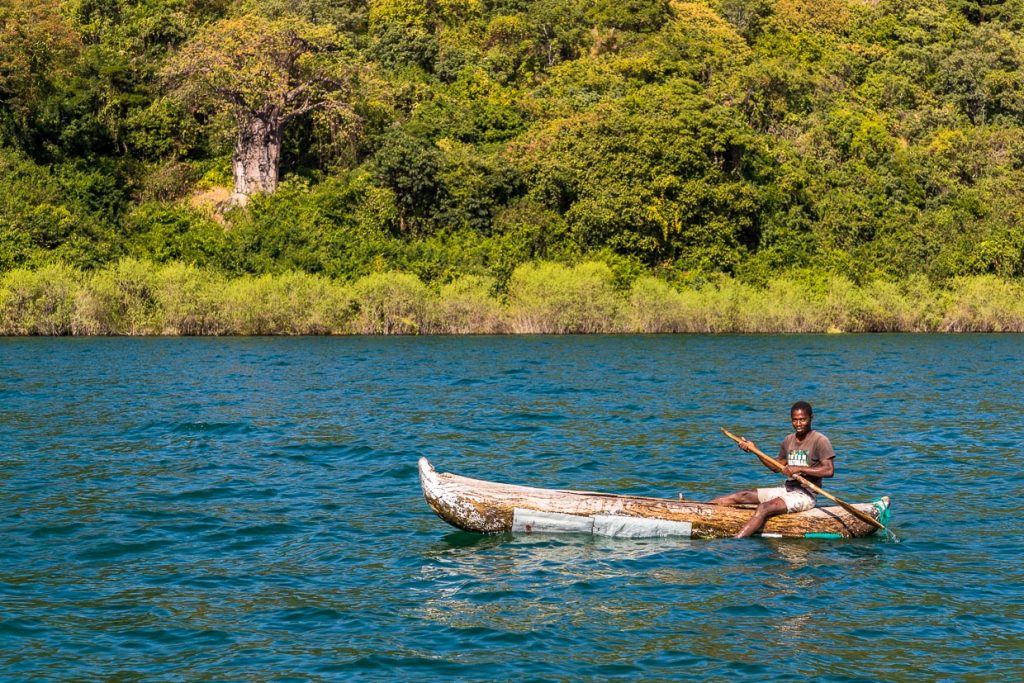
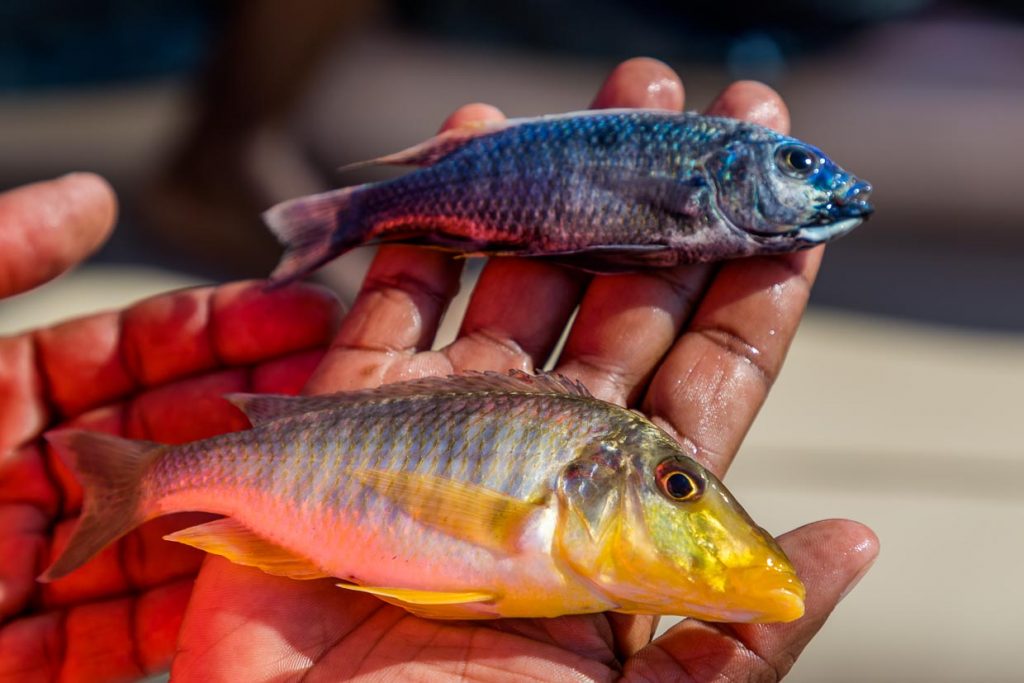
With 700 to 800 cichlid species, many of which are found only here and nowhere else in the world, Lake Malawi is one of the most fish-species-rich ecosystems on earth. With an estimated age of several million years, Lake Malawi is also one of the oldest lakes on earth. Lake Malawi is a so-called Ancient Lake. In the course of evolution, a particularly large diversity of species was able to develop here.
From national fish to luxury good
Of great importance for the nutrition of the population is the Chambo. The fishermen in their typical dugout canoes are a characteristic sight on the shores of the lake with its many small villages. They sail out onto the lake up to five times a day. In doing so, they catch only small quantities, while commercial fishing boats in particular, also in Mozambique’s waters, severely endanger the stock of chambo and other fish. Only rarely do ordinary fishermen catch a large Chambo in their nets. The market price for the country’s national fish is so high that the catch goes into the trade and is no longer eaten by the fishermen and their families. They switch to smaller fish and reduce the size of their nets so as not to go empty-handed. A vicious circle, because the fish do not have time to reproduce sufficiently. And the people are gradually depriving themselves of their own livelihood.
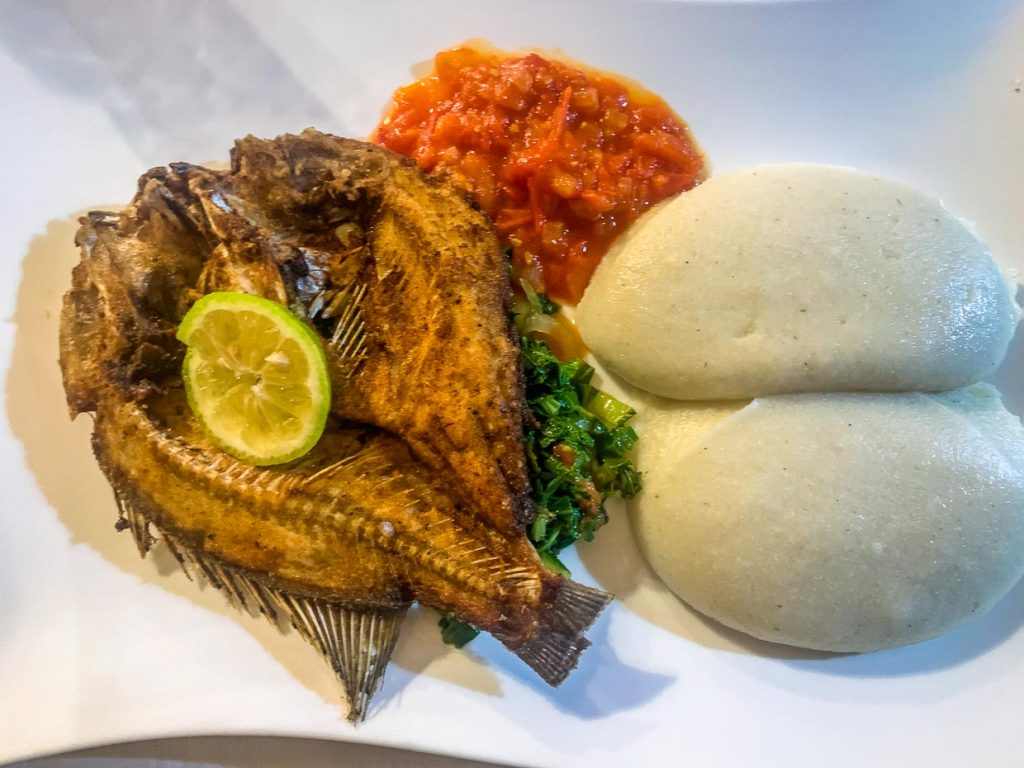
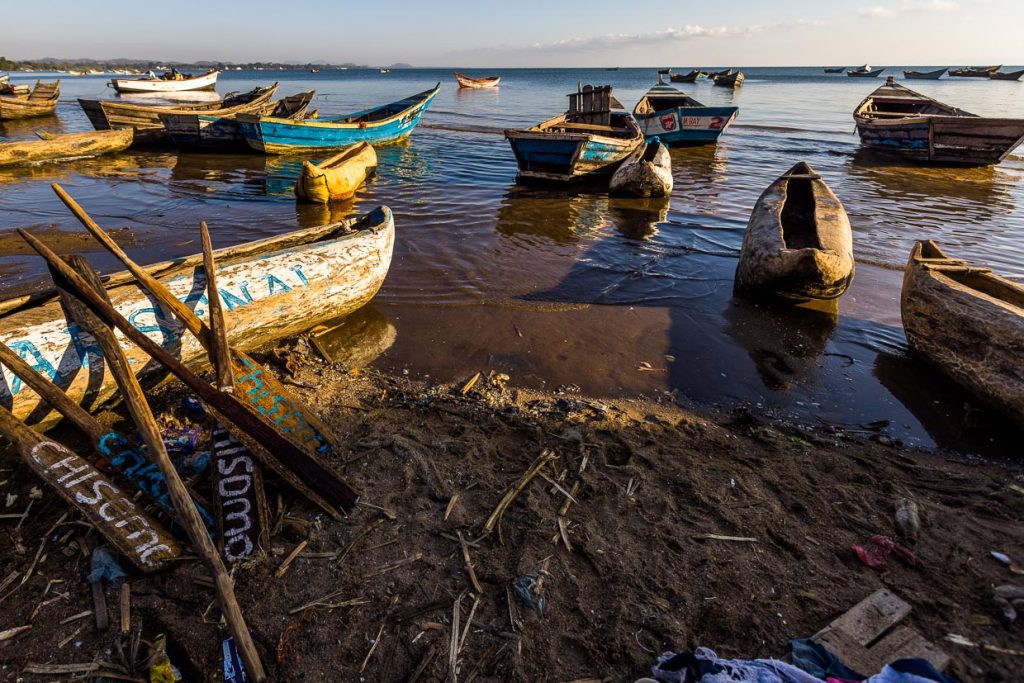
To protect the fish breeding areas, the Lake Malawi National Park was founded as early as 1980 on the southern shore of the lake near Monkey Bay. Since 1984, the park has been a UNESCO World Heritage Site. But this protected area alone is no longer enough for the fish population to recover. The Global Nature Fund named the lake the Threatened Lake of the Year 2022. Population growth in Malawi and neighboring countries is leading to overfishing. Climate change has caused the water level to drop steadily for years. But in 2023, Malawi experienced an extreme 100-day rainy season with destructive cyclones. The lake engulfed the beach in many places, flooding villages and destroying houses and bridges.
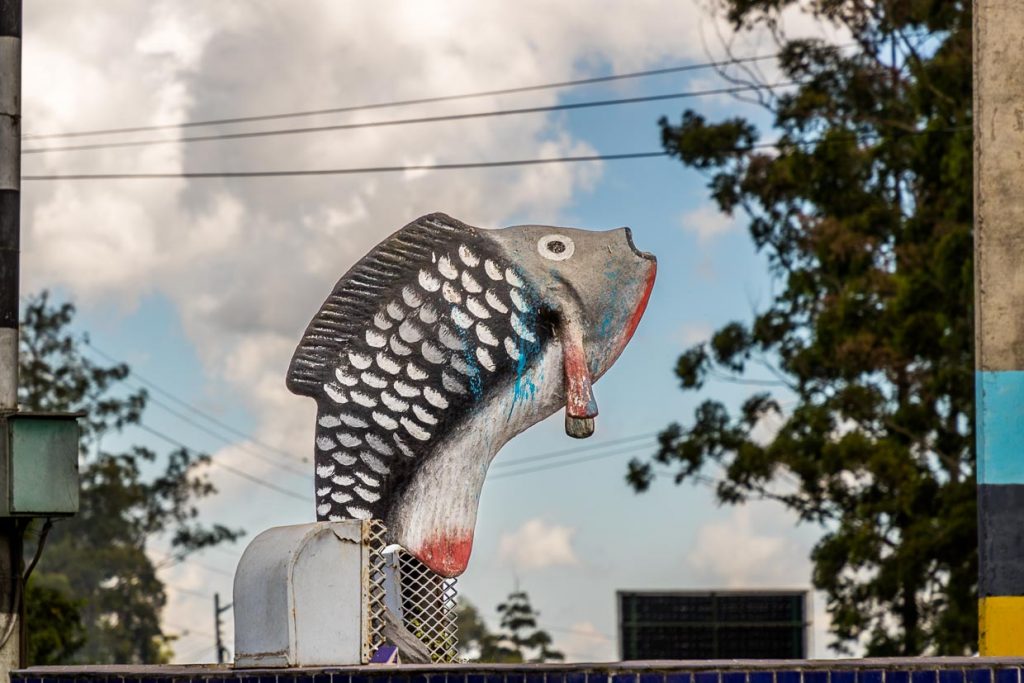
Fish as a livelihood
The government, together with fishing associations, has taken measures to stabilize the fish stocks in the lake on the one hand and to secure the supply of fish for the population on the other. For example, the mesh size of fishing nets was set at two centimeters to protect biodiversity after more and more fishermen switched to fishing with mosquito nets. Fishing is not allowed on Lake Malawi in November and December. There are also projects to revive pond farming in villages, and hatcheries in the lake and Shire River where chambo can grow before being released.
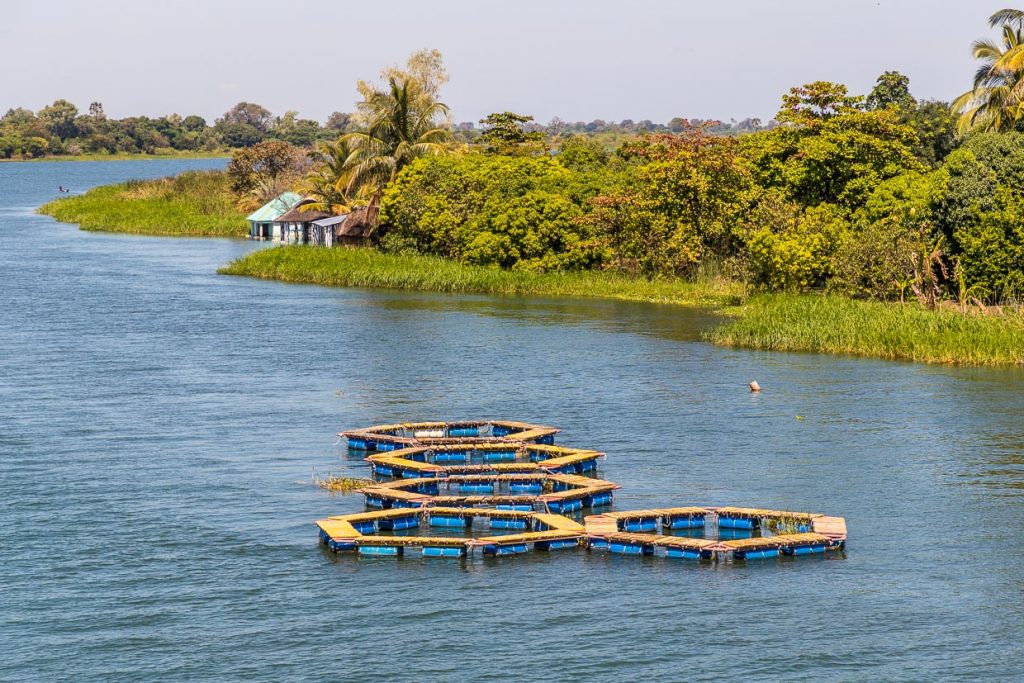
Shire River – Malawi’s longest river
For the people of Malawi not only Lake Malawi but also the Shire River has a special meaning. The Shire is the only outlet of Lake Malawi. The Upper Shire flows from Lake Malawi into Lake Malombe, on the western shore of which lies the Liwonde National Park with excellent conditions for wildlife viewing. At 400 kilometers, the Shire is the longest river in the country. The Upper Shire flows quietly and slowly, making it an ideal habitat for crocodiles, hippos and turtles. Elephants can also be seen bathing on the banks of the Shire. The Lower Shire becomes a raging torrent that flows into the Zambezi River in Mozambique.
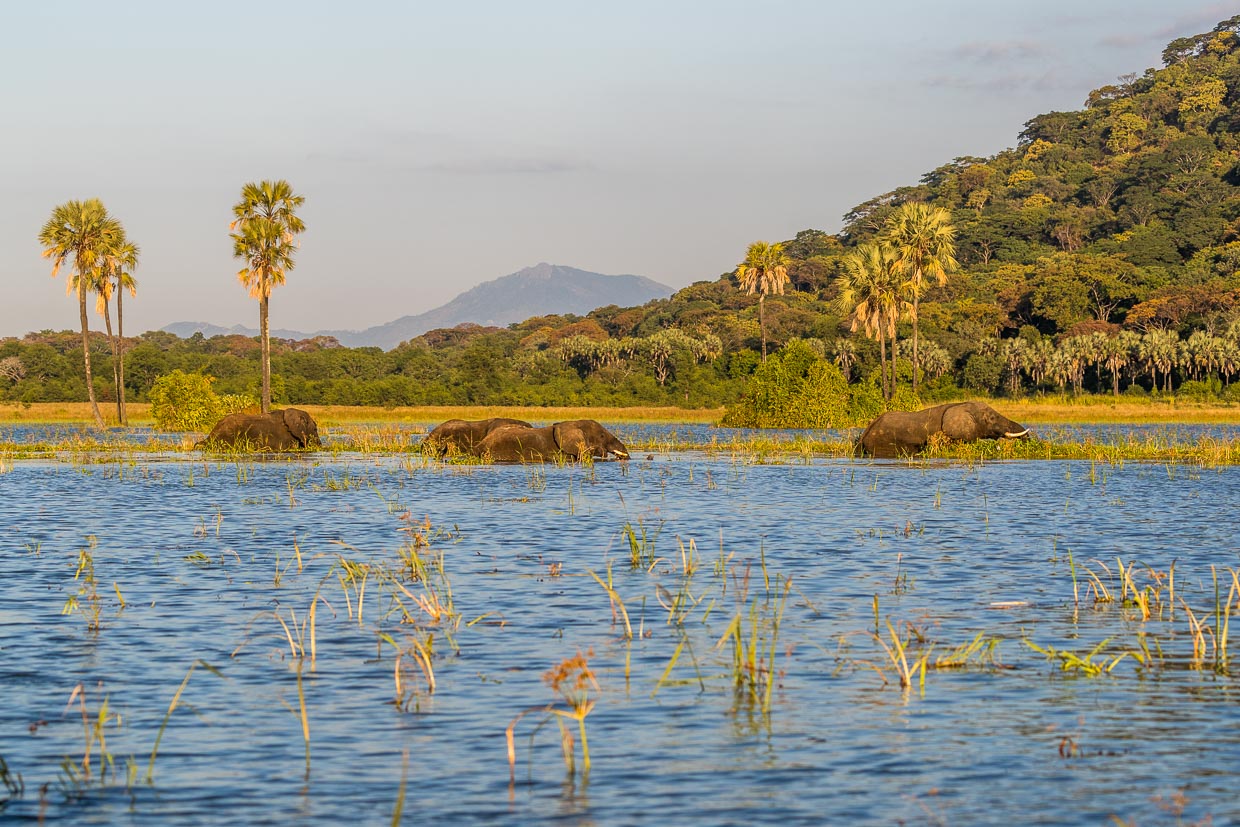
Strengthening tourism
Tourism in Malawi has developed late compared to better-known African destinations such as Tanzania, Kenya or South Africa. The country is poor in natural resources. This protects nature from destruction, but makes it difficult to combat poverty in the country. Emerging tourism offers an opportunity. The government and many actors in the communities have recognized that Malawi’s wealth lies in its still untouched nature and its originality.
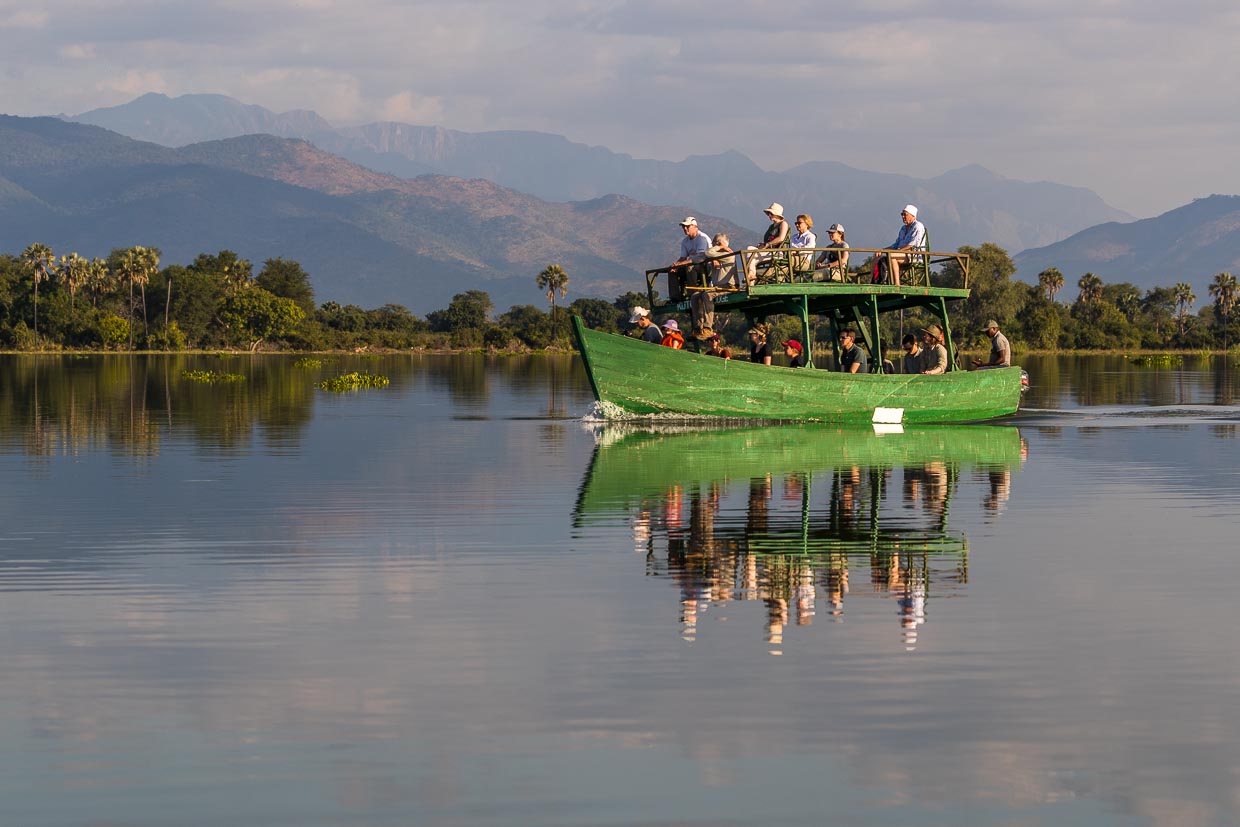
Since the early 2000s, the Malawi Department of National Parks and Wildlife has restored or established a total of 12 protected areas. Among them are five national parks, where recently the Big Five can be observed again. In the course of successful wildlife management, new camps and lodges are being built with the participation of the local population. In addition, the communities around the national parks are actively involved. New jobs and educational opportunities are being created for Malawi’s young population, which also takes the pressure off fishing, which is the only source of income for people living along Lake Malawi.
A visit to Lake Malawi, the country’s important lifeline, is definitely part of the itinerary for travelers. Here are two examples of vacations at Lake Malawi. If Chambo is the national fish, then Nsima is the national dish in Malawi and an important link within families. Of iconic importance is the Baobab Tree. The mighty baobab tree can be found on the shores of Lake Malawi as well as in the middle of the national parks.
The research trip was supported in Malawi by the Ministry of Tourism

